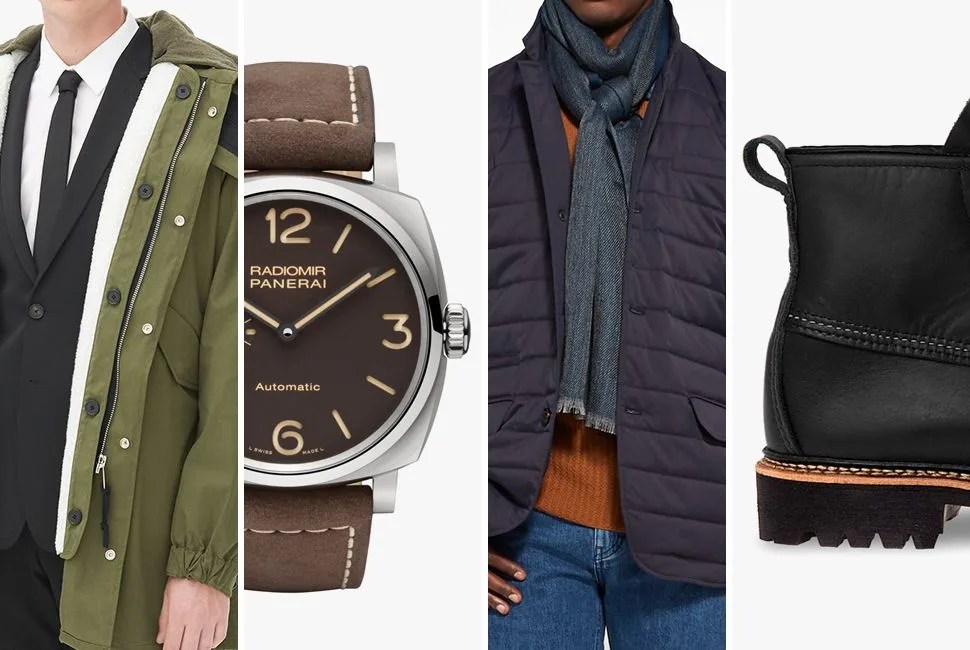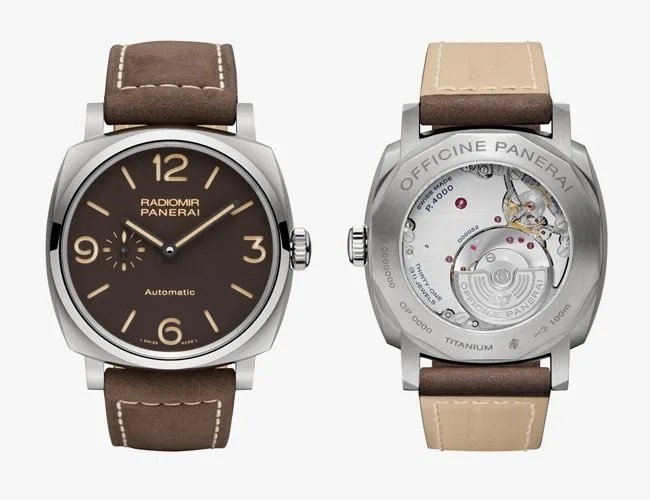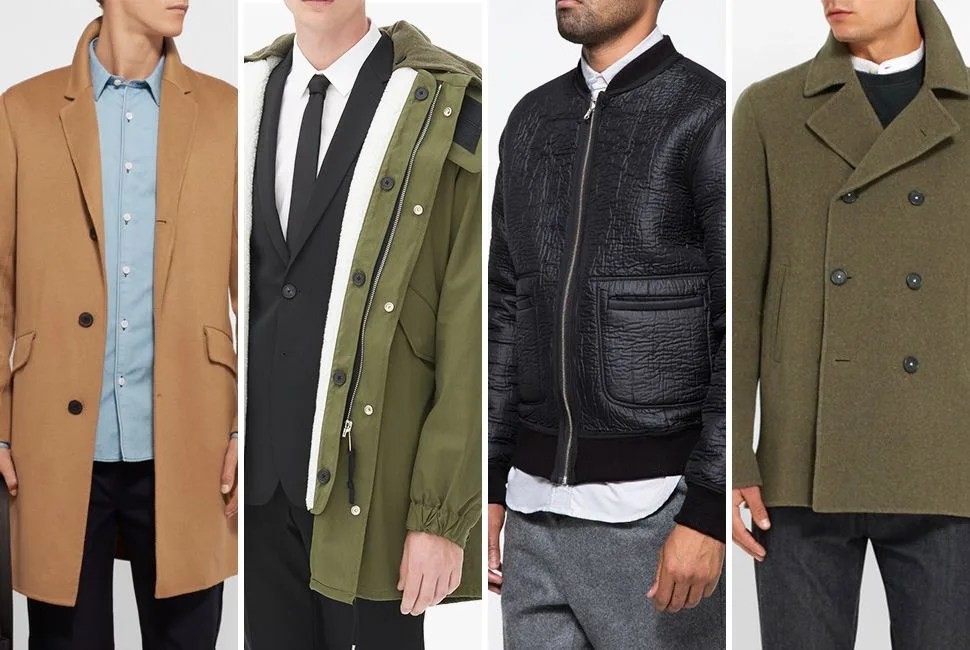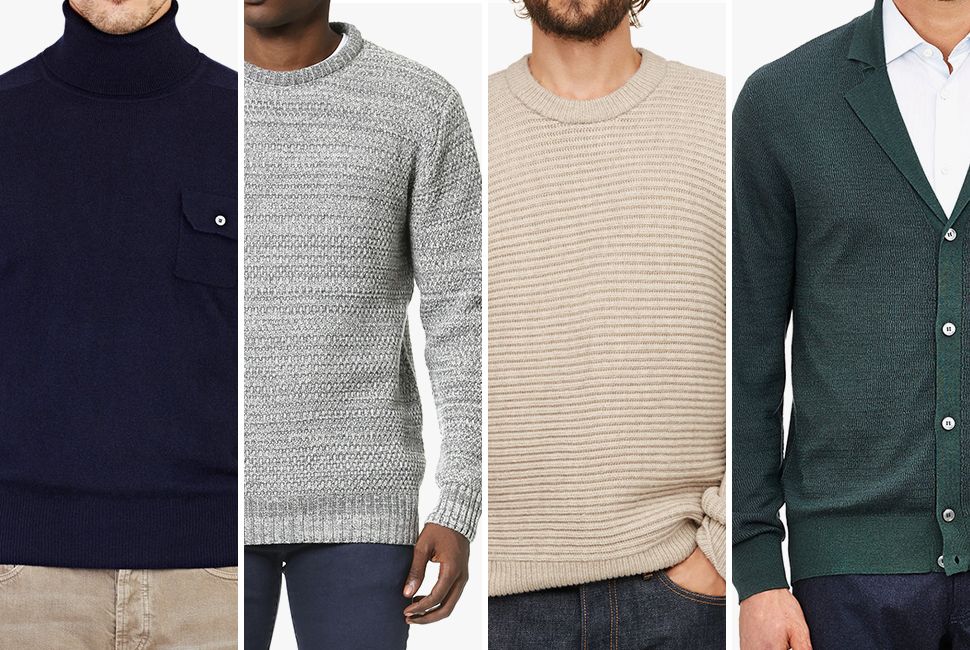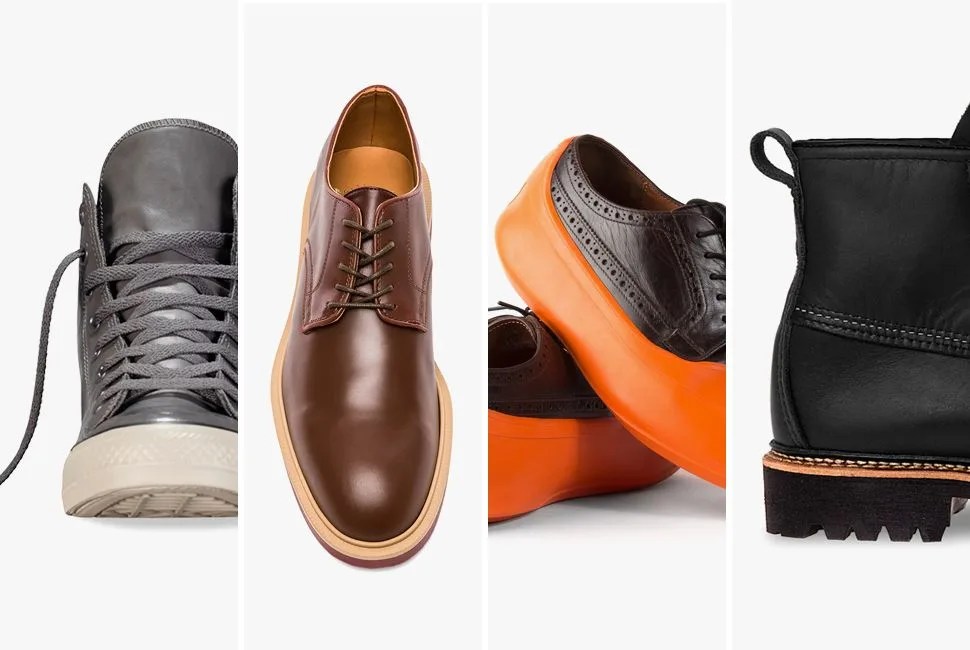
Some are born with a sense of style that persists even through Mother Nature’s worst — others, with means, simply pay these people to dress them. The rest of us are on our own to craft a personal aesthetic that conveys our personality and interests. Instincts are always a key tool in this process, but a little knowledge can help expand your style horizons beyond your own life experiences. While everyone else is busy burying themselves under mountains of fabric, use this winter to sharpen your style into a far more distinctive look by incorporating the advice below.
Change Up Your Knots
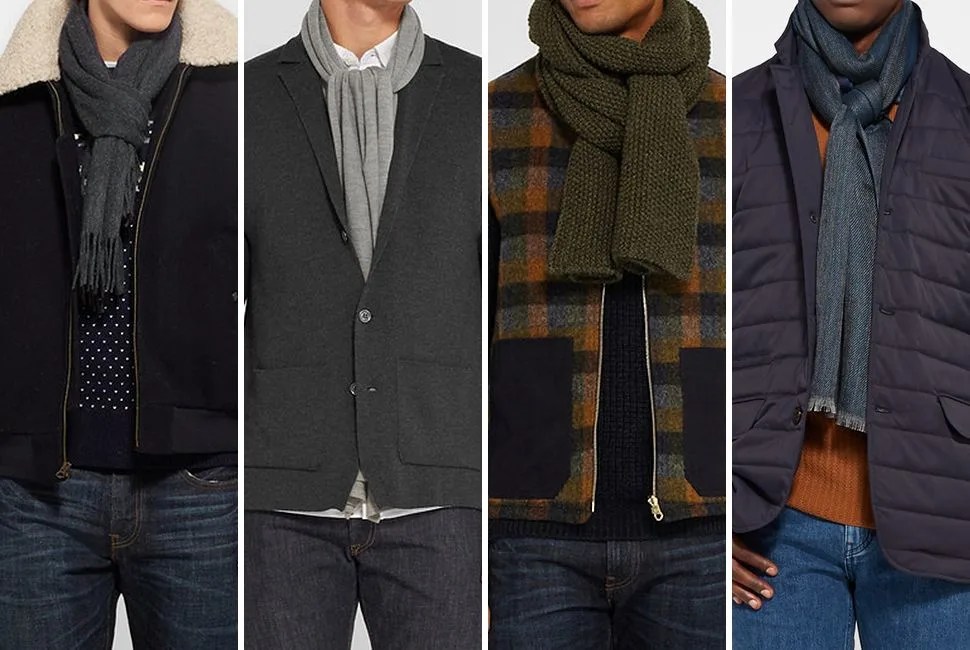
There’s technically over 10 ways to tie a scarf and chances are you’ve stumbled on a few of them using only common sense. The four options above are the styles we’d recommend sticking to if you’re looking for an alternative to just wrapping one around your neck before heading out. Need instructions on how to get there? Search YouTube and you’ll find plenty of helpful walkthroughs. It should be obvious, but it bears repeating more complicated knots are better suited to longer scarves given the extra fabric they require to tie. What qualifies as long? Most men’s scarves tend to start around 60 inches in length and stretch to 80 at max.
EXAMPLES: A. The Parisian or Loop Knot: J. Crew Cashmere ($110) | B. The Overhand: John Smedley Helden Cashmere and Silk Blend ($265) | C. Reverse Drape Cross: The Workers Club Merino Wool ($170) | D. Four in Hand: Loro Piana Mélange Cashmere and Silk-Blend ($715)
